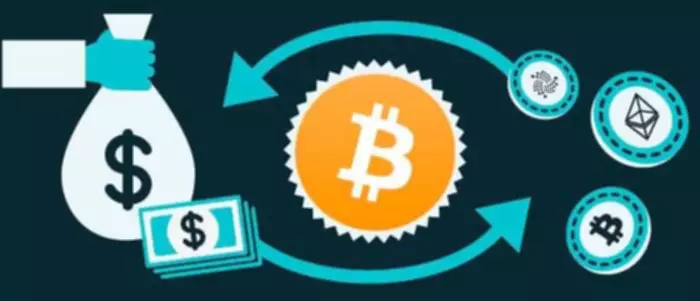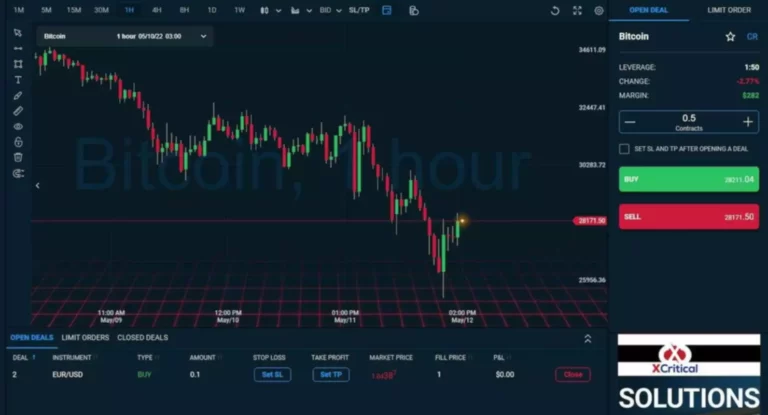Ethereum Proof Of Stake The Validation Mechanism To Hurry Up Transaction On Eth Network
If you don’t have that kind of spare change readily available, and not many people do, you’ll be able to be part of a staking service the place participants serve as validators collectively. For most merchants and builders, the transition to PoS didn’t change a lot regarding the consumer experience. While scalability may have improved barely, transaction fees remain relatively the same, and demand for Ethereum as a community could have increased.

The extra ETH a validator stakes, the higher their potential rewards. The actual reward structure and annual percentage yield (APY) can vary depending on community parameters, supply and demand dynamics, and different elements. Once a block passes all of the verification steps, it is thought-about legitimate and could be added to the blockchain. Validators attain a consensus on the validity of blocks by way of the PoS consensus mechanism, where their staked collateral determines the weight of their validation. They take turns proposing blocks and together with validated transactions in those blocks. This is completed by creating a block header containing necessary info such as the earlier block’s hash, the timestamp, and a reference to the Ethereum Virtual Machine (EVM) state.
Crypto-economic Security
As a outcome, ETH can cut back its inflation and even turn out to be deflationary when giant amounts of ETH are burned. Lower inflation ranges imply Ethereum’s safety is cheaper than it was under proof-of-work. The most suitable choice for Ethereum is for validators to be run regionally on house computer systems, maximizing decentralization. This is why Ethereum resists modifications that improve the hardware necessities for running a node/validator. Other attacks, corresponding to 51% attacks or finality reversion with 66% of the total stake, require considerably more ETH and are rather more pricey to the attacker. “The swap from proof of labor to proof of stake [will] scale back total energy consumption of Ethereum by 99.9% or extra,” Ethereum core developer Preston Van Loon just lately told Fortune.

Validators make certain that the whole fuel usage of the transactions within the block doesn’t exceed the block’s fuel limit. This is essential for maintaining the stability and effectivity of the Ethereum community. “Moving from Ethereum to layer-2, or to another chain with bridges, or with sequencers or no matter, is always going to be complicated for the average person,” Schommers said.
These technologies enable the initiation and execution of good contracts to facilitate interaction amongst participants. No one is aware of exactly what the cryptocurrency platform’s massive upgrade has in store for the business. Proponents consider the Merge will make Ethereum more beneficial in comparability with arch-rival bitcoin — the world’s prime cryptocurrency — by way of value and usefulness.
This course of involves gathering proof of the misbehavior and presenting it to different validators for verification. The protocol enforces the slashing penalty if the proof is deemed valid, lowering the validator’s stake proportionally. The financial penalty for slashing can differ depending on the severity of the offense.
Ethereum Proof Of Stake – What, Why, And How It Works
The algorithm utilized in proof-of-stake Ethereum is called LMD-GHOST(opens in a brand new tab), and it works by figuring out the fork that has the best weight of attestations in its historical past. The quantity of ETH slashed is determined by how many validators are additionally being slashed at across the same time. It is imposed midway through a compelled exit interval that begins with an immediate penalty (up to 1 ETH) on Day 1, the correlation penalty on Day 18, and at last, ejection from the network on Day 36. They obtain minor attestation penalties every day as a end result of they’re current on the network however not submitting votes.

The primary centralization risks of the proof of stake mannequin revolve across the economies of scale of the system and how straightforward it’s to seize the varied staking operations. If your organization is prepared for blockchain, there are some necessary subsequent steps to take. Since the blockchain business is still comparatively in its infancy, it could generally be unclear the method to get began. Firstly, it’s always a good suggestion to get some blockchain consulting done.
What Is “the Merge” In Ethereum?
Validators will must have the necessary funds to take part in the staking course of. Gnosis Chain, initially generally identified as xDai Chain, is a proof-of-stake blockchain designed to hold up full Ethereum compatibility, together with the flexibility to directly implement all hard-forks. All in all, the shift to Ethereum 2.0 is a large leap ahead for blockchain know-how as a complete. The future of blockchain was at all times seen by some as being incredibly brilliant, albeit considerably amorphous in both look and timeframe.
- DPoS goals to supply fast transaction processing and scalability while sustaining decentralization via a delegated governance model.
- So, a blockchain is a digital ledger of distributed, decentralized, and infrequently public transactions.
- Unlike Bitcoin, which is extra of a digital asset, Ethereum is constructed to be a layer to create decentralized functions.
- This might lead to centralization as a substitute of decentralization, as extra tokens will be within the arms of validators.
- Validators are chosen at random to create blocks and are answerable for checking and confirming blocks they do not create.
The Merge is the most recent upgrade of the Ethereum network to a PoS consensus mechanism. The upgrade will merge the ETH1/Execution Layer with the ETH2/Consensus Layer (Beacon Chain). Currently, the Ethereum Beacon Chain is a special network that has been operating parallel to Ethereum. It would be hard to overstate how much industry pleasure there was round this shift.
Openai Teases A Tremendous New Generative Video Model Known As Sora
While validators can earn earnings, additionally they face the chance of being penalized through a process referred to as slashing. Slashing happens how ethereum proof of stake works when a validator violates community guidelines or engages in malicious conduct. Validators could lose a portion of their staked ETH as a penalty for such actions.
The transition from PoW to PoS in Ethereum has profoundly impacted the DeFi ecosystem. PoS brings a number of advantages that align properly with the ideas and functionalities of DeFi. In this weblog post, we will elaborate on Ethereum’s transition to PoS & its broader implications for the DeFi space. The following offers an end-to-end clarification of how a transaction gets executed in Ethereum proof-of-stake.
Instead of expending computing power to resolve a puzzle, the nodes validating new transactions stake their own worth as collateral. These nodes then run effectively and truthfully to avoid shedding that collateral. Using this widespread history, they assess whether or not new blocks of transactions are legitimate.
A Proof of Stake (PoS) network is a system that uses staked cryptocurrency to safe itself. Every validator node should have “locked up” a security deposit consisting of ETH on the network so as to participate in consensus. By utilizing the crypto as collateral, it compels the nodes to behave properly and helps to keep the community secure. In phrases of blockchain, the consensus is the method by which a gaggle of nodes on a community determines which blockchain transactions are valid. Proof-of-stake is a approach to show that validators have put one thing of value into the community that may be destroyed if they act dishonestly.
Validators
A consumer’s stake can also be used as a way to incentivise good validator behaviour. For instance, a person can lose a portion of their stake for things like going offline (failing to validate), or their entire https://www.xcritical.com/ stake for deliberate collusion. Proof of stake is a type of consensus mechanism utilized by blockchain networks to attain distributed consensus.

That signal alone might prove transformative for the Web3 industry, which is still getting regular VC investment and will discover new fuel in buoyed public notion. Meanwhile, any dangerous actor wishing to realize management over the community would wish to personal greater than 51% of the coins staked at that time. Controlling 51% of all staked cash on the network is so difficult that it makes such an assault extremely unlikely. This is how the consensus mechanism that secures Proof of Stake networks works. Ethereum’s PoS finality is achieved through a combination of epochs and checkpoints. An epoch is a set time period throughout which a set of validators take turns proposing blocks.

Committees divide up the validator set so that every active validator attests in each epoch, but not in every slot. Stakers in Ethereum now solely make deposits in staking swimming pools and don’t worry about the remainder. In trade, they receive a proxy token that represents the cash they staked to allow them to promote them available within the market, recovering their capital every time they need. For doing this, they receive rewards that derive from the block manufacturing process.

 Lokacije
Lokacije Broj telefona
Broj telefona Email adresa
Email adresa
Leave a Reply
Want to join the discussion?Feel free to contribute!